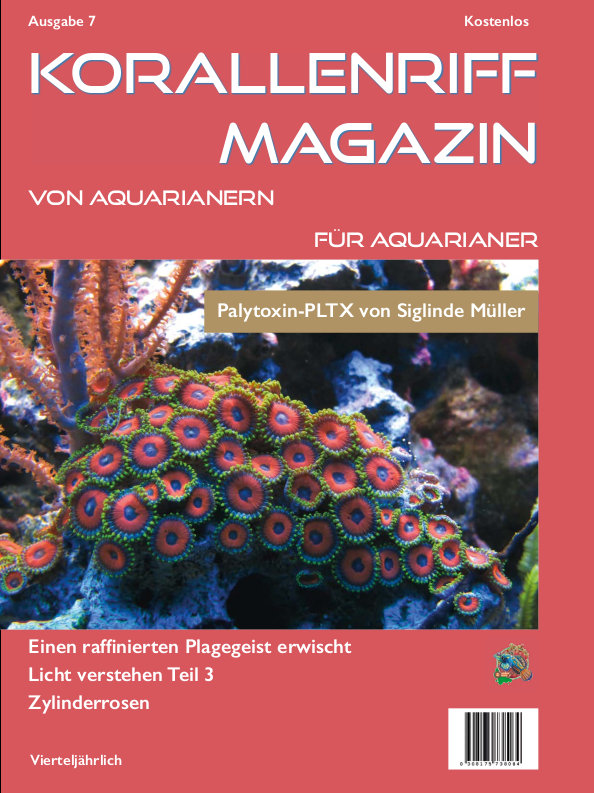Info
This species of anemonefish belongs to the Akallopisos complex, they are shy and timid and are only suitable for community tanks to a limited extent - if a very large anemone is available, several anemonefish (harem) can be kept together.
In a gentle aquarium community, care is possible without problems, the frozen food available in the trade, and after acclimatization also granulated or pelett food, are eaten.
It has proved to be quite a sensitive species, as many animals do not cope well with the transportation chain.
The black anal fin is a typical feature of the fish, as are the pelvic fins.
Host anemone
Lives in the anemone Radianthus magnifica.
Sex and mating.
Anemonefish are protandrous hermaphrodites, meaning that life begins as a male. If two juveniles of the same size are present, then the more dominant anemonefish will develop into a female. If two females of the same size are placed together, then the weaker female will form back into the male, but this will take some time and there will be fierce fighting. The reversion can take several weeks, and during this time the more dominant female will keep putting the pressure on the weaker female until the sex has changed.
If there are several anemonefish in the aquarium and the dominant female dies, the previously dominant male will revert to female and a previously suppressed animal will move up to the dominant male. By this adjustment the main task, the spreading of the "own genes" on fast way remains.
Once the disputes have settled and the roles are established, the female will continue to grow. The difference in size from male to female is about 1-3 cm depending on the initial size of the species.
Breeding information:
Spawning activity: 2 - 3 hours after the light goes on
Spawning duration: between 30 minutes and 2 hours
Spawning interval*: 14 days
Hatching time after egg laying: 7 - 8 days
Spawning area**: 3 x 5 cm in good conditions
Number of larvae**: approx. 400 - 900 pieces
Clutch color day 1: orange-pink and elongated spherical
Clutch color day 4: gray-pink to gray
shortly before hatching: silvery







 Rafi Amar, Israel
Rafi Amar, Israel



























































